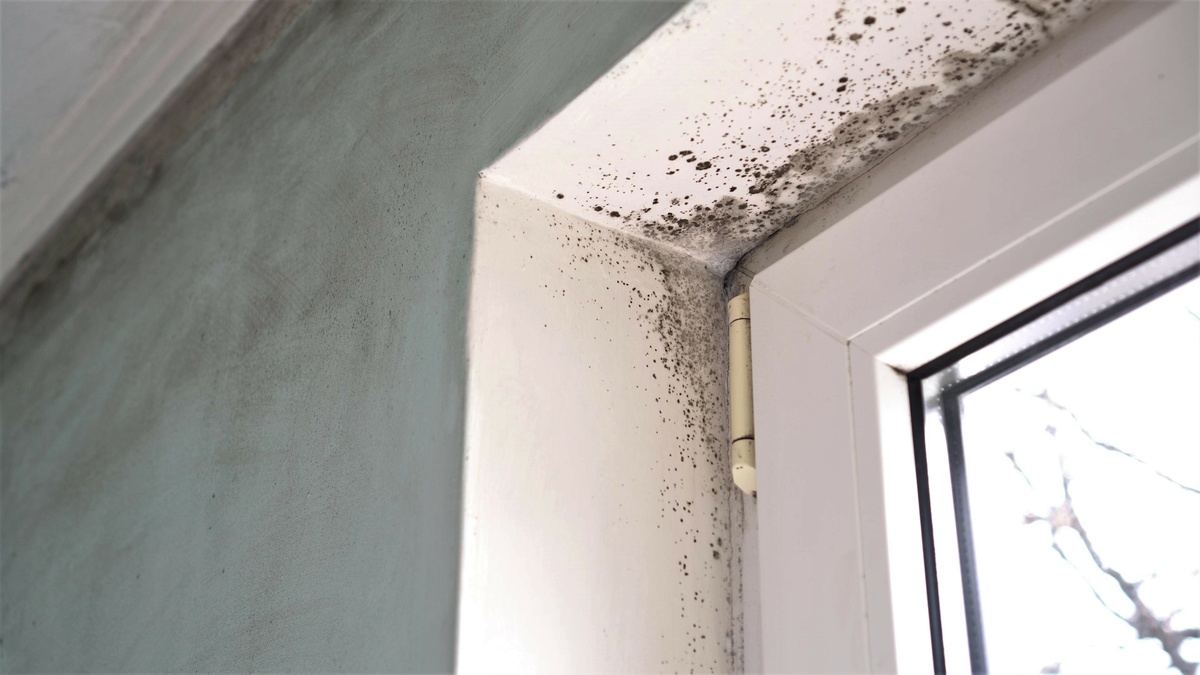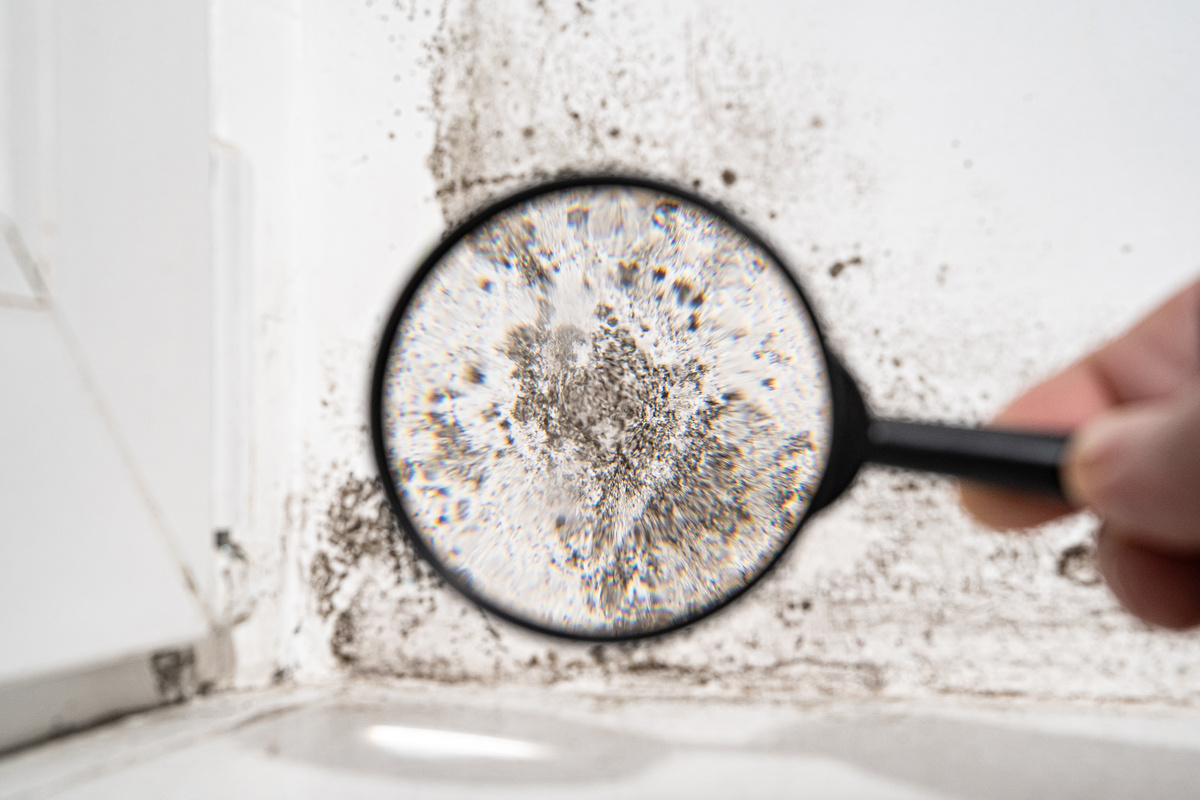What Exactly Is Black Mold?
A common black mold is called Stachybotrys chartarum. It could also have a greenish hue. It thrives on materials like paper, cotton, and wood. In its airborne spores and fungal pieces, it sometimes creates hazardous compounds.
Mycotoxins are what they are, and eating them may be harmful. There is no association between breathing in Stachybotrys chartarum mycotoxins and fatal illnesses. People with allergies, asthma and other hypersensitivities are in danger, nevertheless.
There is no proof that symptoms like exhaustion, memory loss, an inability to concentrate, or a headache are brought on by black mold. The “toxic mold syndrome” label has been applied to these symptoms, however, this is mostly a result of media hype. However, some individuals are allergic to mold. It must constantly be taken out of your house.
How Does Black Mold Develop?

Molds play a crucial role in our ecosystem. They break down decaying plants and animals. If the circumstances are correct, any kind of mold may develop. Mold spreads and thrives swiftly in the correct environments, which include:
- 40 to 100 degrees Fahrenheit is the temperature range.
- 70% or more moisture content (humidity)
- An adequate supply of food (such as drywall)
- Oxygen
Anywhere in your home that has these circumstances may support the growth of mold. Where the mold is most likely to develop is in:
- Somewhere that has had a water leak.
- Basements, where humidity levels are often greater.
- Any locations that often condense water.
- Any locations where there has not been any flood restoration.
- Bathrooms and other moist spaces with little ventilation.
Symptoms Of Exposure To Black Mold

People who are allergic to mold or those who are exposed to it for a long time may have symptoms as a result. The following are the most typical signs of mold exposure: coughing, drip post nasal, eyes, nose, or throat itch sneezing as well as dry, scaly skin, and a blocked nose.
If you have asthma, use caution. An attack might be brought on by mold exposure. A mold-induced asthma episode may present with any of the following symptoms: respiration difficulty, wheezing, having a tight chest, and coughing.
The Removal of Black Mold
Keep yourself safe
If you discover mold in your home, you shouldn’t be concerned about getting it tested. No matter what kind of mold it is, you should remove it. Prior to attempting to eliminate mold, take safety measures. To prevent inhaling mold spores, use an N-95 face mask. Wear goggles without ventilation holes to protect your eyes, and gloves to protect your hands.
Find the mold and remove it
Finding and doing a water removal for the mold’s water supply is the most crucial step in mold removal. Without moisture, mold cannot develop. So, if an item exhibits mold growth or water damage, it should be thrown away immediately. Moisture is absorbed by porous materials including carpet, padding, drywall, and paper. Over moldy surfaces, you should not caulk or paint. Prior to painting is removing the mold and dry the surfaces as mold will cause painted surfaces to peel. To prevent the spread of mold spores, use plastic sheeting to isolate a moldy area from the rest of your home.
Clean any moldy hard surfaces with soap and water before completely drying them.
Before removing any moldy things from the room, place them in a plastic bag to stop the spread of mold spores, and to catch any of them that may be in the air in your home.
With bleach, use caution
If you’re using bleach to remove mold never combine it with any other home cleaners, particularly those that include ammonia. A deadly gas that may kill you is created when bleach and ammonia are combined so always read and abide by the manufacturer’s instructions before using bleach or any other cleaning product. Also, allow in fresh air when using bleach, and open your windows and doors. Moreover, to protect your skin and eyes from it, put on rubber boots, gloves, and goggles.

Mold Prevention Methods
In order to stop mold from forming in your house, moisture must be managed. The following advice will assist in preventing mold from becoming a problem and avoid the necessity for mold remediation or water damage restoration Bartlett services:
- Reduce the humidity in your home to under 50%. This may be helped with the use of a dehumidifier or air conditioner. Ensure that your home is dry, clean, and has enough ventilation, and eliminate any water leaks right now.
- In the kitchen and bathroom, use ventilation fans. Don’t install carpet in areas that are prone to become wet, and ensure that damp floor mats are rapidly dry.

